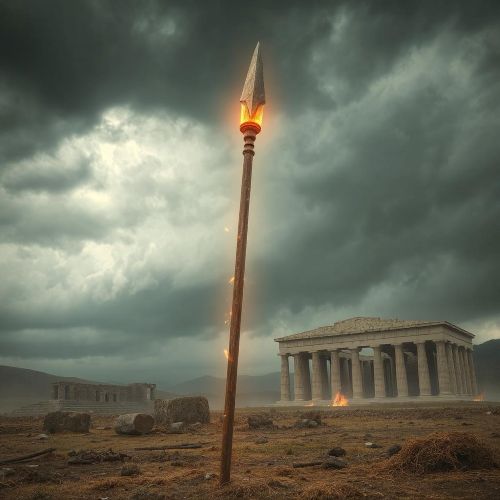Inuit Shaman Religion and it’s shrouded mystery
In the vast frozen landscapes of the Arctic, the Inuit people have preserved a profound spiritual tradition centered around the enigmatic realm of the shaman religion. This ancient spiritual practice, deeply intertwined with nature and community, offers a unique lens into the shamanic roots of indigenous belief systems. Join us as we embark on a journey into the heart of Inuit shamanism, exploring its rituals, beliefs, and significance.
Introduction to Inuit Shamanism
Shamanism among the Inuit is a spiritual framework that blends animism, ancestor worship, and a profound reverence for the natural world. Central to this practice is the figure of the shaman, known as an angakkuq or angekok, who acts as an intermediary between the human and spirit realms. The role of the shaman is multifaceted, encompassing healing, prophecy, and mediation with the spiritual forces believed to govern life.
The Role of the Shaman
In Inuit communities, the shaman’s role is pivotal. They are not merely healers but also spiritual guides and leaders. Through rituals involving drumming, chanting, and trance-like states, shamans communicate with spirits, seeking insight and assistance for the well-being of their community. This communion with the spirit world forms the basis of Inuit cosmology, where all elements of nature are imbued with spiritual significance.
Rituals and Practices
Inuit shaman religion and its rituals are diverse and dynamic, often tailored to specific needs such as healing illness, predicting weather patterns, or ensuring successful hunts. Drumming and chanting are central to these ceremonies, inducing altered states of consciousness that facilitate spiritual connection. The use of masks, amulets, and talismans also plays a crucial role in these rituals, symbolizing the shaman’s power to navigate the spirit world.
Cosmology and Beliefs
At the core of Inuit shamanism lies a deep respect for the interconnectedness of all life forms. Spirits inhabit every aspect of the natural world, from animals to celestial bodies. The Inuit believe in a spirit world that mirrors their own, where souls journey after death. Shamans navigate this intricate spiritual landscape, maintaining balance and harmony between the seen and unseen realms.
Inuit Shaman Religion Today
While traditional Inuit shaman religion has faced challenges due to colonialism and modernization, its essence endures in contemporary Inuit culture. Efforts to preserve and revitalize these ancient practices are ongoing, with initiatives to reclaim cultural heritage and empower indigenous spirituality. Inuit communities continue to honor the legacy of their shamans, integrating traditional wisdom with modern challenges.
Exploring the Spiritual Landscape
To truly understand Inuit shaman religion is to embrace a worldview that values harmony with nature and communal well-being. The shaman’s journey transcends individual healing; it embodies a collective quest for spiritual equilibrium. Through storytelling, art, and song, the Inuit preserve their rich spiritual heritage, inviting us to appreciate the depth and resilience of their indigenous traditions.
Conclusion
Inuit shamanism offers a profound perspective on spirituality, rooted in reverence for the natural world and community interconnectedness. The shaman’s journey reflects a timeless pursuit of balance and healing, resonating with universal themes of human existence. By exploring Inuit spiritual practices, we gain insight into the enduring legacy of shamanism and its relevance in an ever-changing world.






